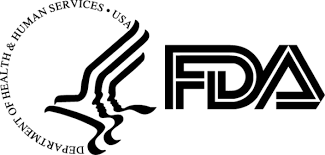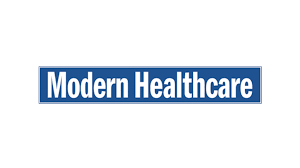 Supply Chain/Technology
Supply Chain/Technology
Centralized sterile processing cuts costs, complexity for four ASCs

Once limited to hospital inpatient settings, total joint surgery is increasingly common at ambulatory surgery centers (ASCs) across the US. What is not so common is performing these complex procedures without the benefit of an onsite sterile processing department (SPD). And yet, that is exactly what we have accomplished at…
Centralized sterile processing: An ASC's journey to offsite sterilization

Editor’s Note: This page is a companion piece to the main article, Centralized sterile processing cuts costs, complexity for four ASCs. Implementing offsite sterilization is a major project. At Total Joint Specialists, our journey began gradually, growing in scope over time as the team became comfortable with the process…
FDA announces Class 1 recall for Draeger breathing filters

Editor's Note The FDA has issued a Class 1 recall—the most severe category indicating risk of serious injury or death—for Draeger Filter SafeStar 90 Plus (MP05785), Filter SafeStar 55 Plus (MP05790), Filter SafeStar 60A Plus (MP05795), and Filter/HME TwinStar HEPA Plus (MP05801) breathing system filters, affecting all lot numbers. Draeger…
Study: Attire shapes patient trust, perceptions

Editor's Note Physician attire, particularly white coats, directly affects patients' perceptions of professionalism, trust, and communication, according to an August 12 article in MedPage Today. Preferences vary dramatically based on clinical setting, medical specialty, and physician gender. The article focuses on a systematic review published in The BMJ analyzing patient…
Robotic surgery shows better outcomes in select emergency colorectal cases, poised for wider use

Editor's Note Robotic-assisted surgery is proving to be a strong option for emergency colorectal procedures, offering lower complication rates, shorter hospital stays, and fewer conversions to open surgery than conventional approaches. According to a July 23 article from the Journal of the American College of Surgeons, this approach—long established in…
5 costly mistakes to avoid when building an ASC

Editor's Note Poor planning and rushed decisions derail too many ambulatory surgery centers (ASCs) before they open their doors. In a recent blog post, ASC consultant Emily Spooner outlined the top five errors commonly made during ASC development, offering targeted guidance on how to avoid them. According to the post,…
Soap recalled due to to bacterial contamination

Editor's Note DermaRite Industries has voluntarily recalled multiple lots of healthcare products nationwide due to contamination with Burkholderia cepacia, a bacterium that poses serious infection risks to immunocompromised individuals, according to an August 10 article in Newsweek. The recall affects four product lines commonly used in healthcare settings for handwashing…
Healthcare providers express cash flow concerns under new 340B rebate model

Editor's Note Healthcare providers could experience significant cash flow and operational changes under a new voluntary pilot program that fundamentally alters how the nation's second-largest drug payment program operates, according to an August 11 article in Modern Healthcare. As detailed in the article, The Health Resources and Services Administration announced…
Wearable tech predicts postoperative complications in pediatric patients

Editor's Note Consumer wearables can help detect surgical complications in children days before formal diagnosis, according to a July 9 article from the Feinberg School of Medicine at Northwestern Medicine. The article focuses on a study published in Science Advances and led by researchers at Northwestern University, Shirley Ryan AbilityLab,…
FDA orders opioid label changes to highlight long-term risks

Editor's Note The US Food and Drug Administration (FDA) is requiring safety labeling changes for all opioid pain medications to better emphasize and explain the risks associated with long-term use, according to a July 31 announcement. These changes follow a May advisory committee meeting where the agency reviewed data on…

 Free Daily News
Free Daily News